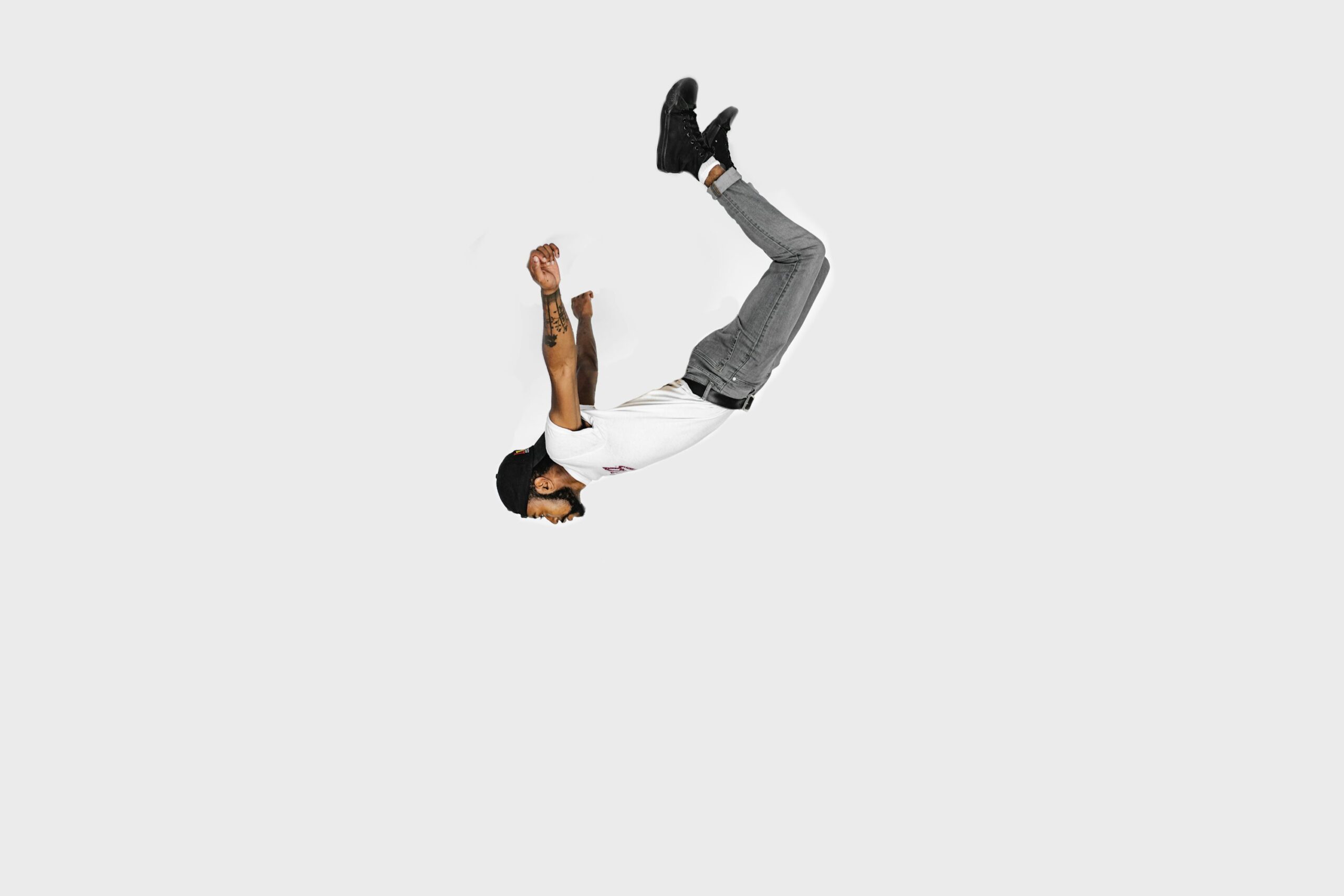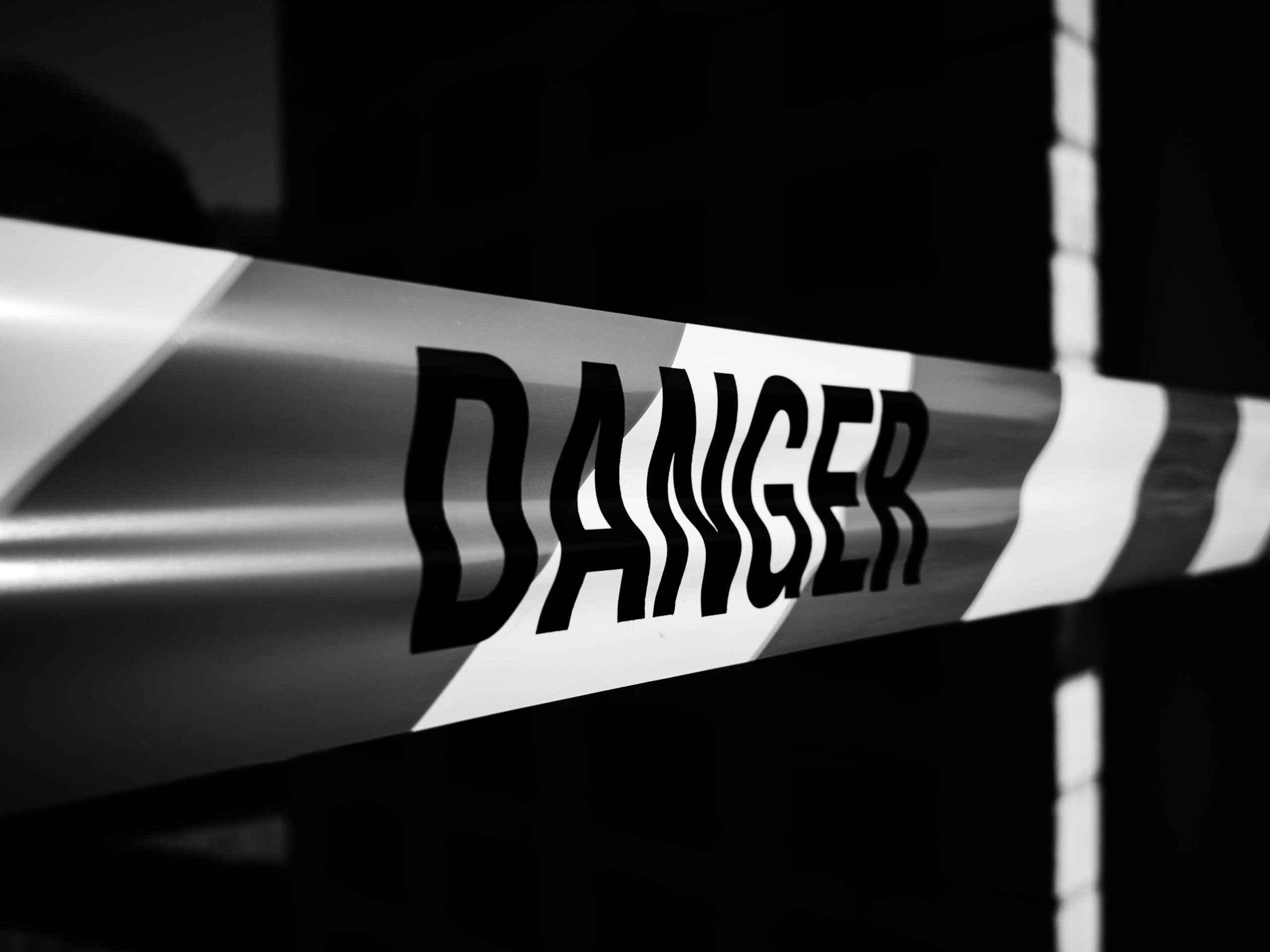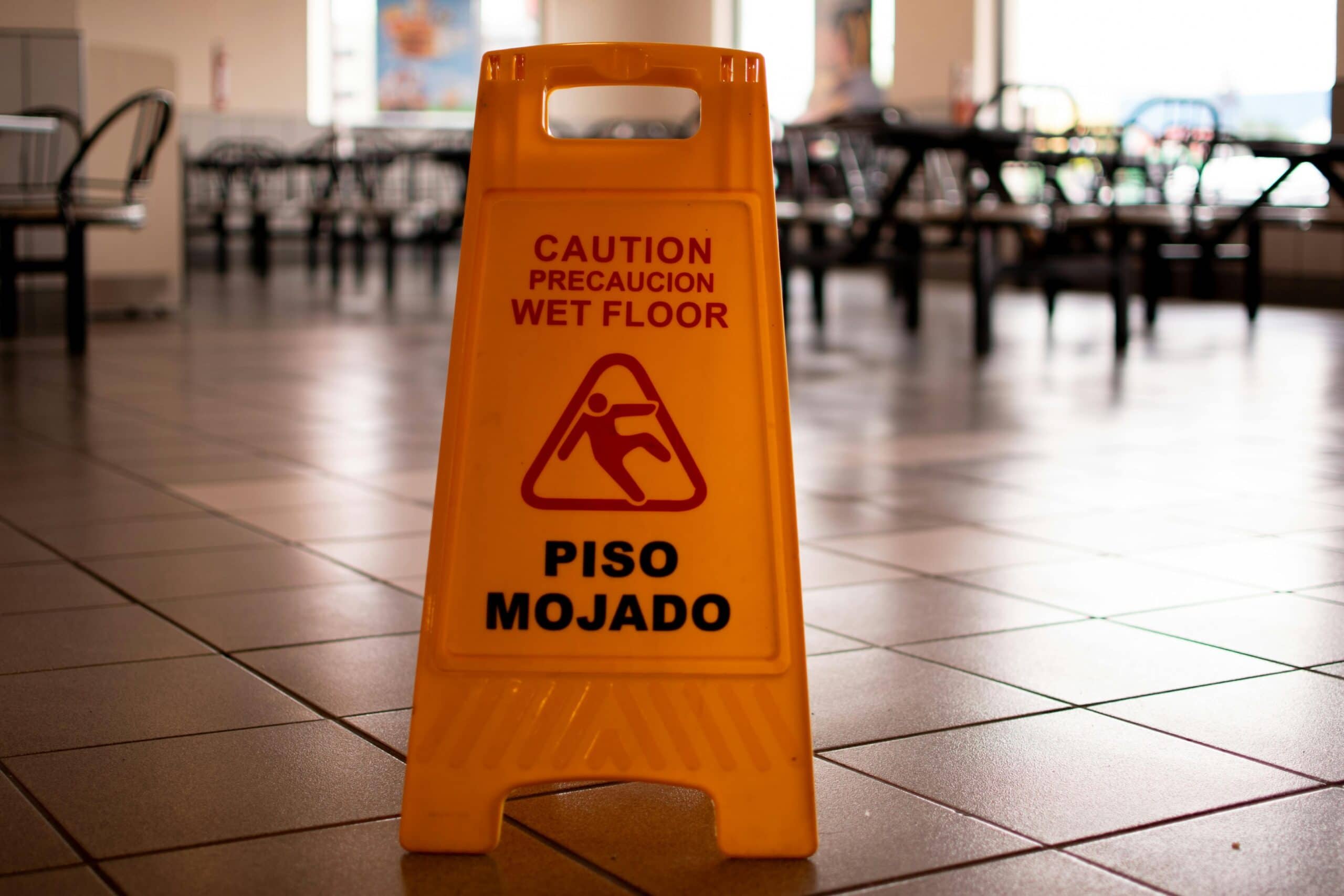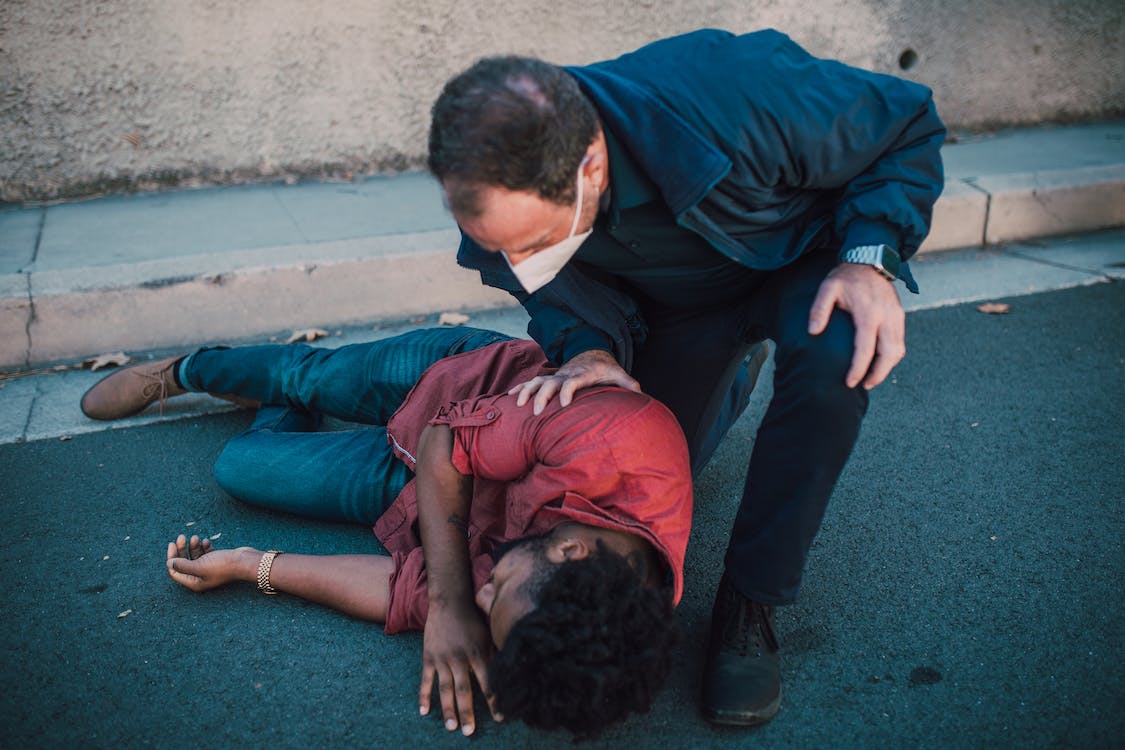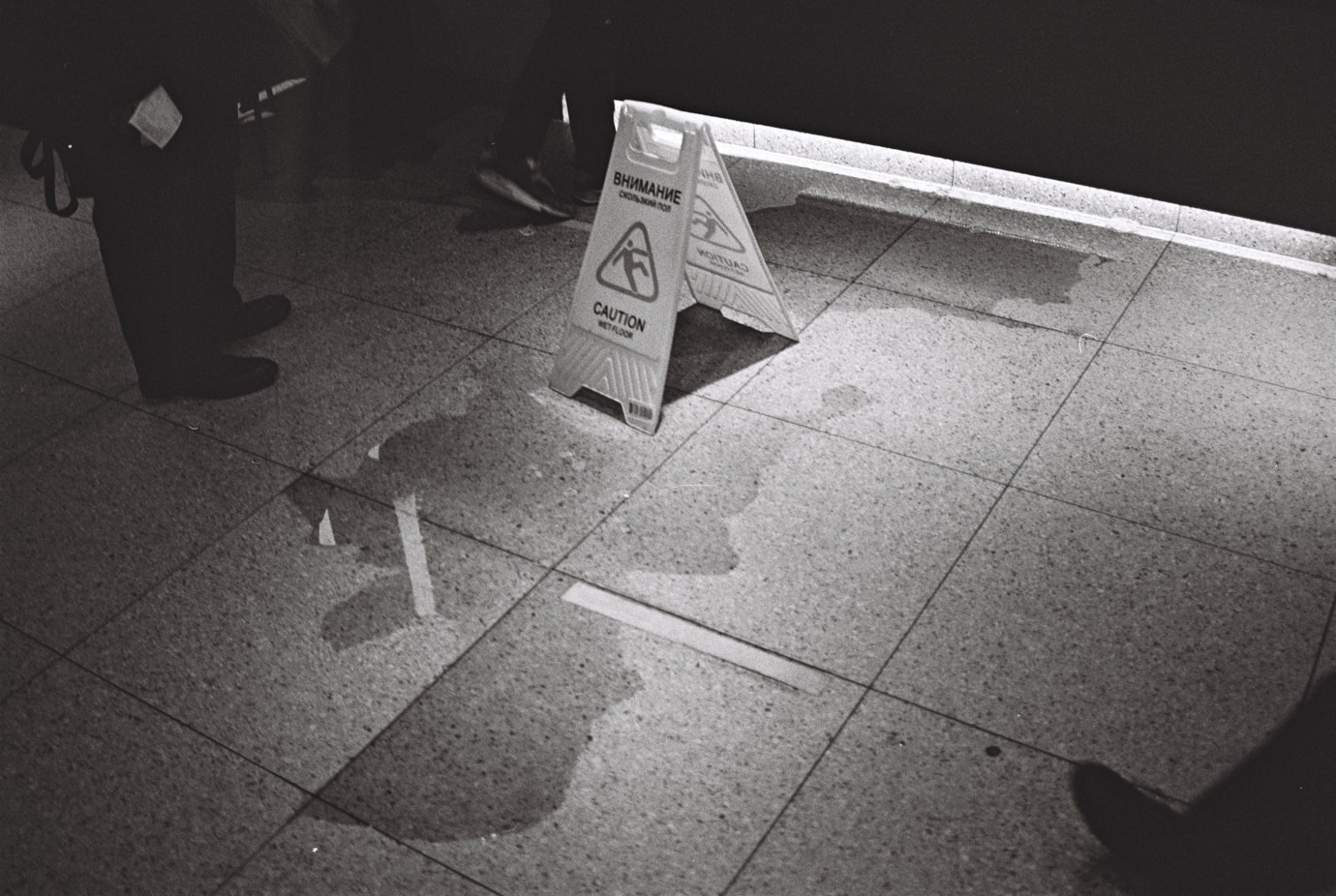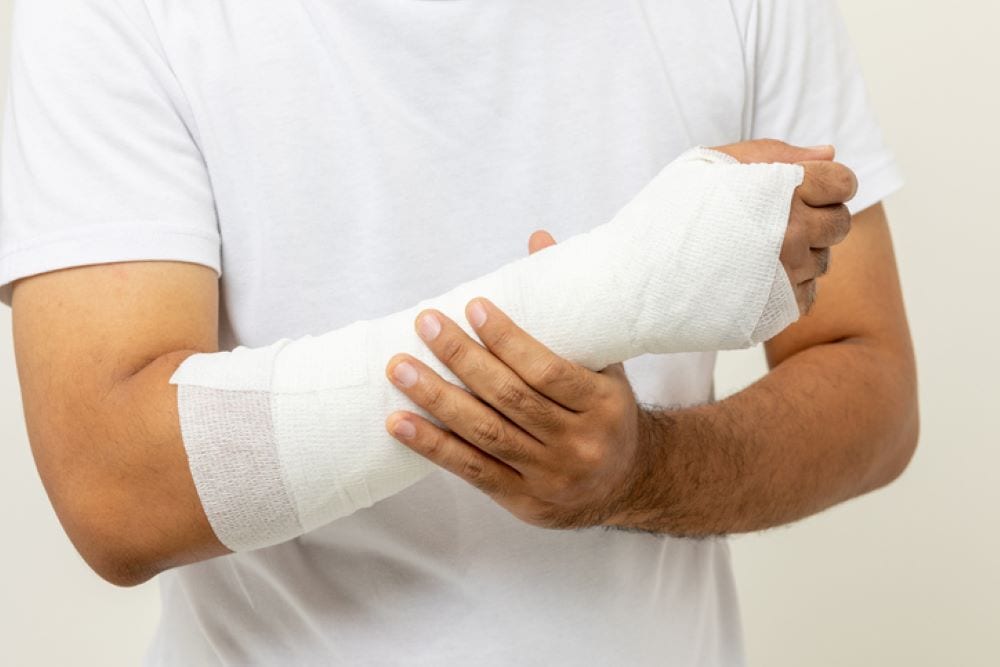
Accidents happen, often when we least expect them. One common mishap that can lead to serious consequences is slipping and falling, resulting in injuries like a broken arm. When such accidents occur, it’s crucial to understand your legal rights and options, especially concerning the potential settlement you may receive. In this comprehensive guide, we’ll delve into the average settlement for a broken arm slip and fall case, explore what factors influence the final settlement amount, and provide insights on how to increase the value of your settlement.
Understanding Slip and Fall Cases
Before delving into the specifics of settlement amounts, it’s essential to understand the basics of slip and fall cases. These incidents fall under the umbrella of personal injury law, specifically premises liability cases. Premises liability holds property owners accountable for maintaining safe conditions on their premises. When they fail to do so, and someone gets injured as a result, they may be liable for damages.
What Determines the Settlement Amount in a Broken Arm Slip and Fall Case?
Several factors play a crucial role in determining the final settlement amount in a broken arm slip and fall case. Understanding these factors can help you better assess the potential value of your claim and negotiate a fair settlement with the responsible party or their insurance company. Some of the key factors include:
Extent of the Injury: The severity of the broken arm, including whether it requires surgery, ongoing medical treatment, or rehabilitation, will significantly impact the settlement amount.
Medical Expenses: The total cost of medical bills, including emergency room visits, hospitalization, surgery, medication, and therapy, will be considered when determining the settlement value.
Lost Wages: If the injury results in time away from work, lost wages and future earning capacity may be factored into the settlement amount.
Pain and Suffering: Compensation for pain and suffering, including physical pain, emotional distress, and loss of enjoyment of life, is often included in slip and fall settlements.
Insurance Coverage: The amount of insurance coverage available to the responsible party will impact the maximum compensation that can be recovered in a settlement.
Legal Representation: Having an experienced personal injury lawyer on your side can significantly impact the outcome of your case and the final settlement amount.
Calculation Methods to Determine Your Settlement
Calculating a settlement in a broken arm slip and fall case involves considering various factors. Here are some calculation methods commonly used:
Special Damages: Add up all quantifiable losses, including medical expenses, rehabilitation costs, and lost wages due to time off work.
Multiplier Method: Multiply special damages (economic losses) by a predetermined multiplier (usually 1.5 to 5) based on the severity of the injury and other relevant factors.
Per Diem Method: Assign a daily value to the pain and suffering endured due to the broken arm and multiply it by the number of days the injury affected the victim’s life.
Insurance Coverage Limit: Assess the maximum coverage available from the liable party’s insurance policy and negotiate within that limit.
Pain and Suffering Formula: Use a specific formula (e.g., multiplying medical expenses by a factor between 1 and 5) to calculate non-economic damages such as pain and suffering.
Average Settlement for Broken Arm Slip and Fall Cases:
The average settlement for a broken arm slip and fall case can vary significantly depending on various factors such as the severity of the injury, the circumstances surrounding the accident, and the jurisdiction in which the case is filed. On average, settlements for broken arm slip and fall cases can ranging from $50,000 to $80,000. However, it’s essential to note that each case is unique, and there is no one-size-fits-all answer when it comes to settlement amounts.
Settlement Examples for Broken Arm Cases
When it comes to slip and fall accidents resulting in a broken arm, settlement amounts can vary widely depending on the specific circumstances of each case. To provide insight into what to expect in terms of compensation, let’s explore a few hypothetical examples based on real-life scenarios:
Mild Injury with Minimal Medical Expenses: A 35-year-old office worker slips on a wet floor in a grocery store, resulting in a hairline fracture in the arm. Medical expenses are minimal, with only a splint and pain medication needed. Settlement: $5,000 to $10,000.
Moderate Injury Requiring Surgery and Rehabilitation: A 50-year-old construction worker slips on ice outside a shopping mall, fracturing the arm in multiple places. Surgery and physical therapy are required. Settlement: $20,000 to $50,000+.
Severe Injury Resulting in Permanent Disability: A 25-year-old waitress slips on a wet floor in a restaurant, shattering the arm and causing nerve damage. Multiple surgeries leave her with permanent impairment. Settlement: $100,000+.
Negligence by Property Owner Contributing to Injury: A 40-year-old accountant slips on a staircase with a broken handrail in an apartment building, requiring surgery. Settlement may be higher due to property owner negligence. Settlement: $30,000 to $70,000+.
How to Maximize Your Settlement in a Broken Arm Slip and Fall Case
Suffering a broken arm in a slip and fall accident can be a painful and distressing experience. Beyond the physical pain, it can also lead to significant financial burdens due to medical expenses, lost wages, and other related costs. If you’ve found yourself in this situation, it’s essential to know how to maximize your settlement to ensure you receive fair compensation for your injuries and losses. Here’s a comprehensive guide on how to do just that:
Seek Immediate Medical Attention: Prompt medical care establishes the extent of your injuries and builds a record for your case.
Document Everything: Keep records of the accident scene, injuries, medical bills, and related expenses for evidence.
Preserve Evidence: Save clothing, footwear, and any objects relevant to the accident. Obtain witness statements if possible.
Determine Liability: Identify the responsible party, such as property owners, and establish their negligence in maintaining safe premises.
Consult with a Personal Injury Lawyer: Seek legal expertise to navigate the complexities of your case and negotiate with insurance companies.
Calculate Damages: Assess all damages including medical expenses, lost wages, pain and suffering, and future care needs accurately.
Be Prepared to Negotiate: Advocate for fair compensation by negotiating with insurance adjusters, resisting low initial offers.
Don’t Settle Too Quickly: Take time to review settlement offers carefully with your lawyer to ensure they adequately compensate for your losses.
Factors That Influence the Value of a Slip and Fall Settlement
The value of a slip and fall settlement is influenced by a constellation of factors, with the severity of the injury at the forefront. Some factors that can affect the value of a settlement include:
The severity of the injury: Serious injuries that involve significant medical costs and long-term impacts on quality of life, such as traumatic brain injuries or spinal cord injuries, command higher settlements.
The victim’s age and occupation: These factors can affect the calculations of lost wages and future earning potential.
The circumstances of the accident: Factors such as negligence on the part of the property owner or the presence of hazardous conditions can also impact the value of a settlement.
Location and Jury Verdicts: Jurisdiction and historical verdicts influence settlement negotiations and initial offers.
Contributory Negligence: Plaintiff’s negligence and comparative fault affect final settlement amounts.
Insurance Coverage: Higher coverage available to responsible parties may result in larger settlements.
Avoiding Common Mistakes in Slip and Fall Claims
Navigating a slip and fall claim can be fraught with potential pitfalls, but being aware of common mistakes can help safeguard your claim. Effective documentation of fall injuries is vital for protecting your rights and strengthening your personal injury case. Consistency and accuracy in all medical records and reports are essential to maintaining the credibility of the injury documentation.
Insurers may use pressure tactics, such as:
implying that rejecting a low offer could result in no compensation, to compel claimants into accepting less than they deserve
attempting to use recorded statements to elicit damaging admissions
delaying responding to the claim to pressure the claimant into accepting a lower settlement
The Role of an Attorney in a Broken Arm Slip and Fall Case
In a broken arm slip and fall case, hiring an attorney can be instrumental in helping you navigate the legal complexities and maximize your chances of receiving fair compensation. Here’s how an attorney can assist you:
Understanding Legal Options: Attorneys clarify your legal rights and options, guiding you through the complexities of pursuing compensation for a broken arm slip and fall.
Protection Against Legal Tactics: Lawyers shield you from insurance company tactics and ensure fair treatment, preventing lowball settlements and shifting blame.
Access to Resources: Attorneys tap into expert networks for evidence and testimony, bolstering your case with medical records, forensic analysis, and expert opinions.
Objective Assessment of Settlement Offers: Legal counsel evaluates settlement offers impartially, advising on whether they adequately cover your damages and align with your best interests.
Negotiation Skills: They negotiate with insurance companies to secure fair compensation for your injuries and damages.
Maximizing Compensation: Attorneys work to maximize the compensation you receive for medical expenses, lost wages, and pain and suffering.

Consult a Proficient Personal Injury Attorney at BLG
To wrap up, understanding the average settlements for broken arm injuries in slip and fall cases requires a comprehensive look at medical expenses, lost wages, the legal process, and the negotiation tactics of insurance companies.
It’s also vital to avoid common mistakes that can undermine your claim. With the right approach and professional guidance, you can navigate the complexities of a slip and fall claim and achieve a settlement that fairly compensates for the injuries and losses you’ve suffered.
If you’ve suffered a broken arm in a slip and fall accident, don’t navigate the legal process alone. BLG is here to help you seek the compensation you deserve. Our experienced personal injury attorneys specialize in handling slip and fall cases and will fight tirelessly to protect your rights.
Contact us today for a free consultation.
Frequently Asked Questions
How much are most slip and fall settlements?
Slip and fall settlements typically range from $10,000 to $50,000, depending on the case. It’s essential to consult with an injury lawyer to understand your entitlements and explore the possibility of compensation.
How much can you get for a broken arm?
In a personal injury lawsuit, the settlement value for a broken arm can range from $50,000 to $300,000, with upper arm fractures typically worth more than lower arm fractures. Therefore, the compensation can vary significantly based on the severity of the injury.
How much money should I ask for in a settlement?
It’s generally recommended to ask for about 75% to 100% more than what you hope to receive in a settlement. This approach allows room for negotiation and ensures you don’t undervalue your claim.
What are the average settlement amounts for broken arm injuries in slip and fall cases?
In slip and fall cases, the average settlement for a broken arm injury usually ranges from $50,000 to $80,000, with more severe cases resulting in settlements of $300,000 or higher.
Can pre-existing conditions affect my slip and fall settlement?
Yes, pre-existing conditions similar to the slip and fall injury can complicate the settlement process and potentially reduce the settlement value. It’s important to consider this factor when pursuing a settlement.
